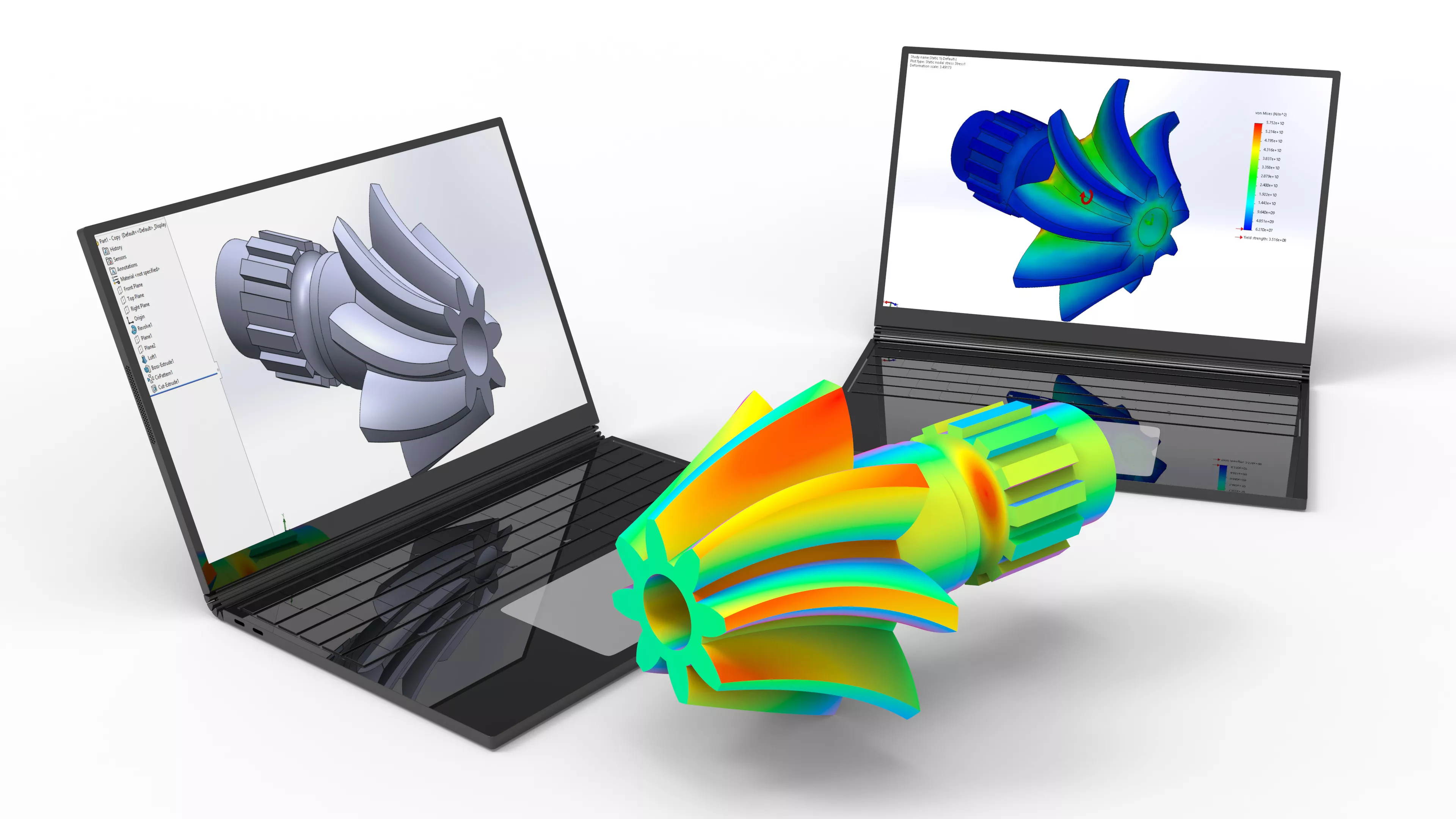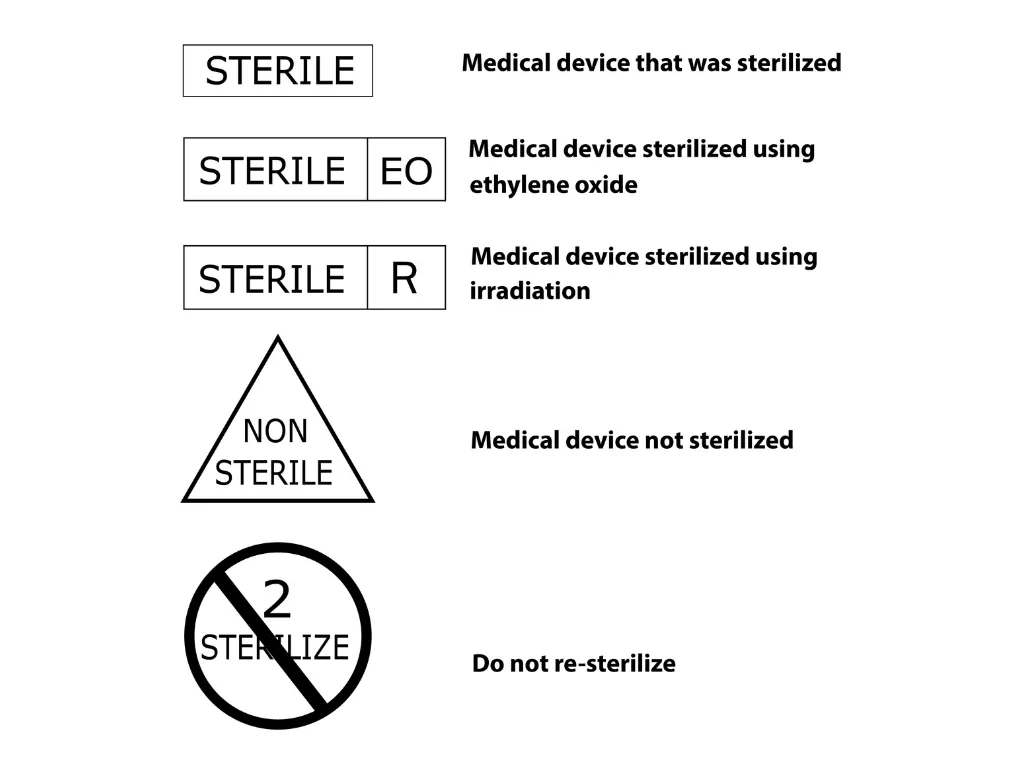30 July 2024
How FEA is Revolutionizing Material Science
Finite Element Analysis (FEA) is a numerical technique that breaks down large, complicated engineering issues into smaller, easier-to-manage components. Using mathematical models, the computer-based simulation technique predicts the behavior of materials under different conditions. Richard Courant first introduced the Finite Element Approach, or FEA, in the 1940s. Finite element analysis, or FEA, has long been used by material scientists to study the behavior of materials under a variety of conditions. It allows us to assess and predict material performance without requiring costly and time-consuming physical testing procedures and environments.

Discover more

Critical Role of Medical Device Labelling: Ensuring Safety, Compliance, and Patient Well-being
Medical devices play a vital role in diagnosing, treating, and monitoring various medical conditions, enhancing the quality of patient care, and improving outcomes. Yet, an...
